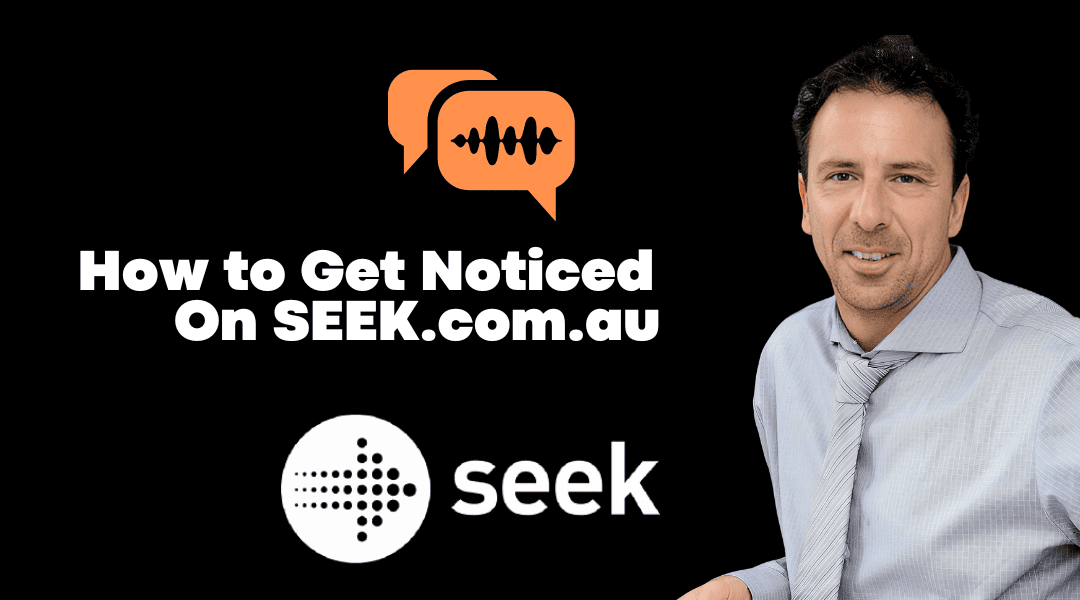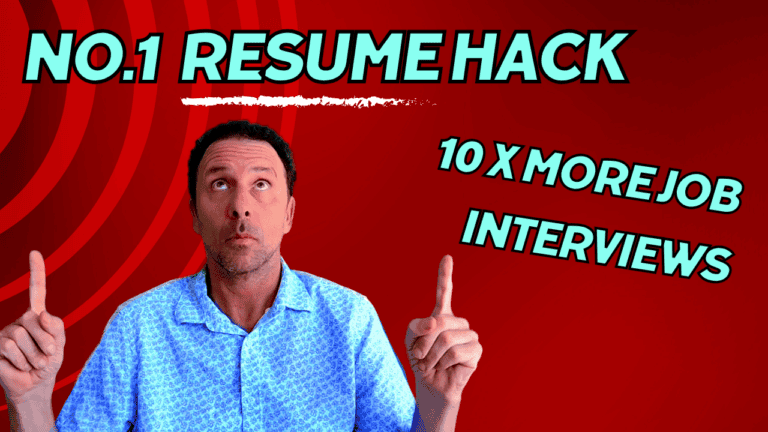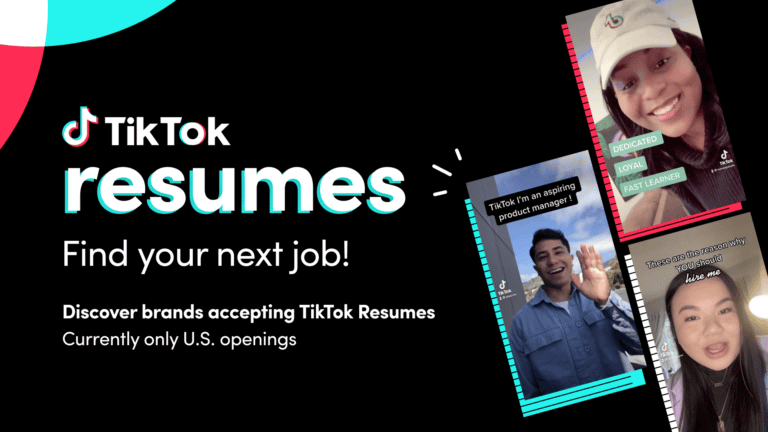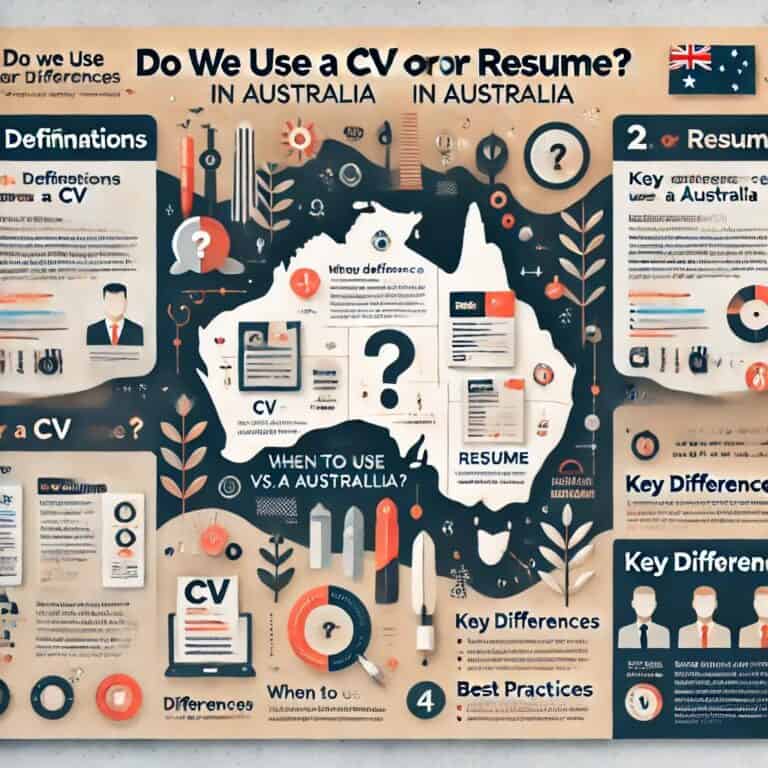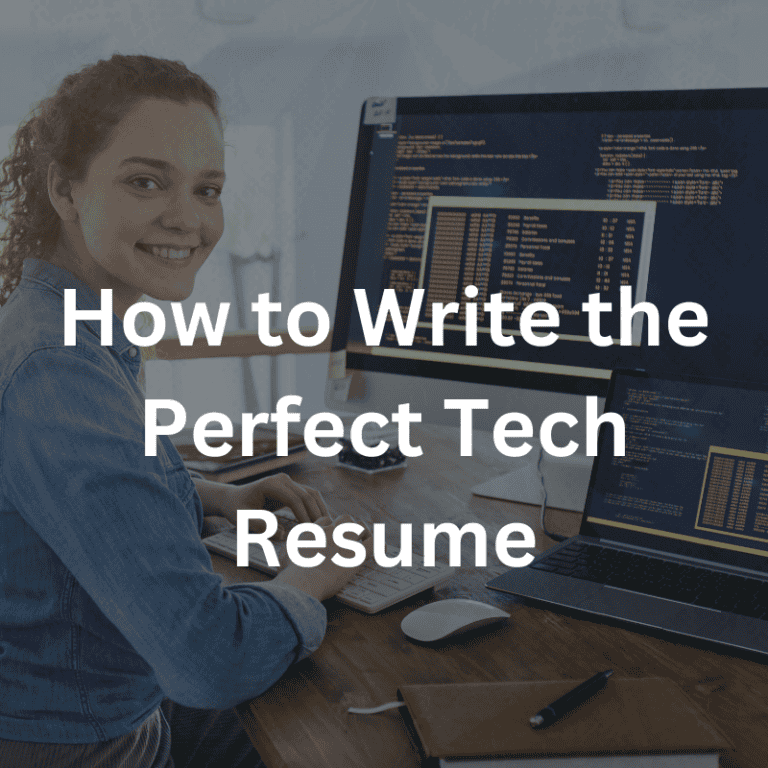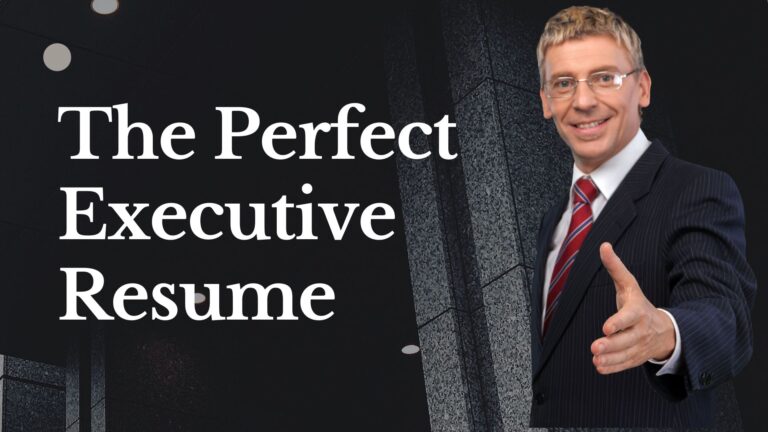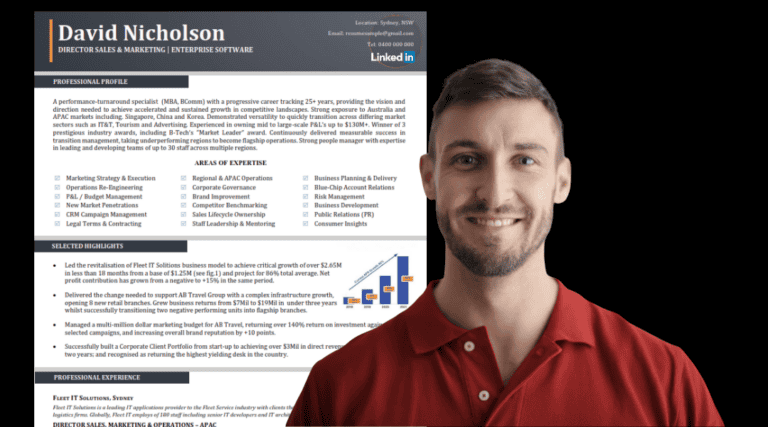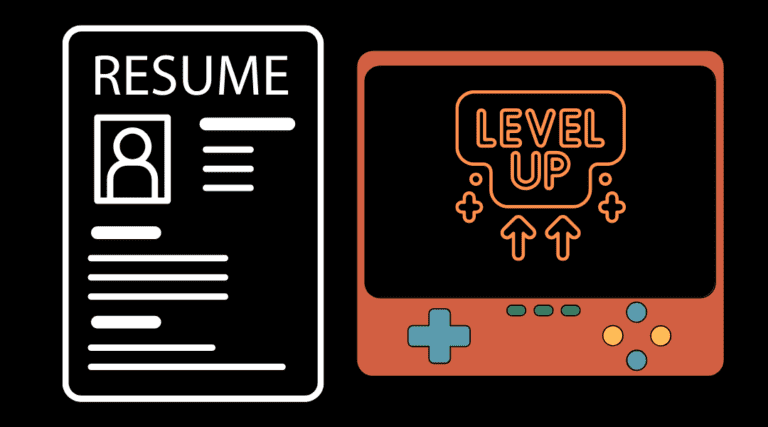Today we want to lift lid on how recruiters view your profile and give you access to the SEEK employer back end so you can see exactly how your profile looks from a recruiter’s perspective. We want to arm you with the knowledge and insights into why some job seekers get an insane number of interviews through SEEK whilst other job seekers are, well, struggling to ever get noticed.
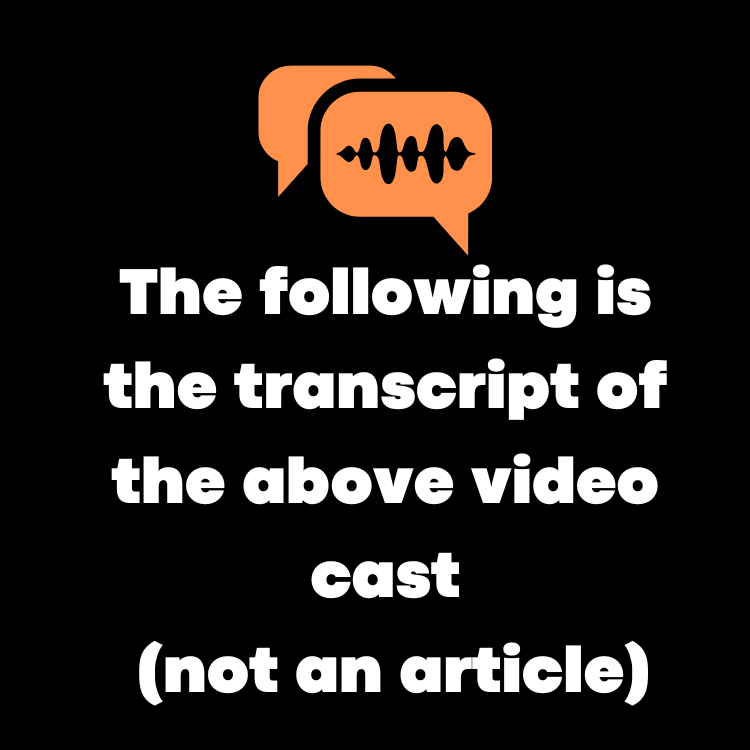
But before we begin, a quick disclaimer, all the candidate profiles you will see in the demo are completely fictitious . Please always seek out professional guidance based on your individual needs.
Okay, so what we have here is a first glimpse of what a recruiter will see. When they basically access the employment section or the employer section of the seek.com.au backend. Module gives access immediate access to the current live jobs. In this example, we are concentrating on an Executive Assistant role.
What you’re seeing here is what we refer to as an application tracking system where the recruiter can keep tabs on exactly what Candidates come through, they can score them, they can make notes on the application and basically provide candidates or add candidates to their shortlists, reject candidates, all the different areas that you’d expect and be able to action each candidate profile.
But what I want to draw your attention to most of all and in the first instance is here where it says total applications. The Executive Assistant role has over 210 applications. Why is that important? Well, I can tell you recruiters are usually time poor, so they need to work through as many applications as possible in the shortest amount of time, especially if they’re dealing with multiple jobs. So if a recruiter, for example, has five or 10 vacancies listed at any one time, chances are that total application number is going to swell. 500 applications.
They are not going to read through every single CV, nor are they going to read through every single cover letter. They are going to, in the first instant, skim read. They’re going to build up a very, very fast shortlist of candidates that they will then investigate further.
Before we delve too deeply how a recruiter will screen these candidates, let’s remind ourselves of the job that’s being advertised. It’s an Executive Assistant. based in Sydney, New South Wales, and the salary is $70, 000 base.
Next we can compare individual candour profiles to the job description. Let’s use Evelyn Wright as the first example. Evelyn appears to be a customer services consultant at Coles, Australia. She has filled in her screening questions. It says she requires sponsorship, has 15 years experience and salary is $35, 000. On the bottom, you’ll see some key skills that she’s listed, which are customer retail, sales management, MS Word and teamwork and support.
Immediately, we can see that Evelyn’s hasn’t quite matched the basic listing and given that we had 210 applications, it’s unlikely Evelyn will be contacted for this particular role.
So moving on from Evelyn, let’s move on to the next candidate, which is Jason Lee. Now, Jason Lee, he’s put his position title down as project manager working for Wilson Parking. So I think you can agree already we’ve got a bit of a mismatch. He lives in Melbourne. His salary is $130, 000 and is a project manager working for Wilson Parking. Not even a supporting cover letter will help here.
Unfortunately, Jason is also a mismatch.
Moving to move the next candidate, which is Maya Chantel. Now Maya looks quite interesting. She’s holding the position of a senior Executive Assistant at the Department of Human Resources, which is a big tick. She lives in Sydney, New South Wales, and has a degree in commerce. Again, big, big ticks. Preferred work rights in Australia. She’s a permanent or has permanent work rights, no restrictions. She has eight years’ experience and her expected salary is $130, 000.
So as much as we were getting excited by Maya’s profile, the salary will be a sticking point.
The question about salary, lots and lots online and why you should still call a candidate even if their salary is a higher level, but let’s just recap. We are dealing with this, an Executive Assistant, salary, $70 to 80, 000 base. Now we’ve got 200+ applications to get through and within them, we’re really looking for people who have the closest fit.
Next up…Simone Wilson.
Simone Wilson holds the position title of Executive Assistant and Personal Assistant, which is fantastic. She works at the ABC group. She lives in Sydney, New South Wales and holds a diploma, permanent work rights, and three years in her current role. Expected annual salary is 90, 000. We can she’s still above the target range, but unlike Maya, Simone’s salary is a bit more reasonable. So absolutely. Simone, we’re going to be calling you. We’re going to add it to a short list. And as you can see already, we put five cells against her name. We’ll click the short list and we’ll be given her a call very shortly after this process.
Next up, we have Chloe Kim. Now, Chloe has listed her details as being self-employed. She has a PhD masters, which is fantastic. $170, 000 for a salary and she requires sponsorship. So I think you can imagine what’s going to happen next. We’re going to move straight on to the next candidate.
Next up, Victoria Nicole. Now she has the details as a senior administrator at seven media group. She’s got a degree in business economics, which is great salary. She’s put here $80, 000 six years’ experience and her experience includes Personal Assistant.
Her skills include project management, Salesforce, and diary management. So anyone recruiting in this space will know that they are the key elements we’re looking for, for an Executive Assistant or Personal Assistant. She may or may not hit the criteria, but her CV is definitely worth deeper investigation. So Victoria, we’re going to give her four stars, and then we’re going to analyse her CV in more detail and hopefully give her a call.
That was the first page of candidates. I’ve spent several minutes working through those chances are a recruiter is only going to spend probably a minute and they’ll be working through is very quickly hidden shortlist not suitable. I’m just basically minimising the number of candidates are going to be recording.
I also want to show you something else on this module, which we will need to come to very shortly, which is how we sort applications. Here you can see we can sort by newest application, which this is already, or we can change to relevance. Now relevance is probably the key factor here because this is the next stage of the process to make sure that you are coding your profile correctly so that it appears on the top one or two pages of the seek listing when they click relevance. This is where the games begin.
Now, if a recruiter has got multiple vacancies running at any one time, and they’ve been time poor, then chances are there’s going to be buildup of applications.
As you can see from our profile here, we have got 210 applications so far. Now let’s put ourselves in a recruiter’s shoes. They’re running late. The job’s been running for a few days, and they haven’t had a chance to go through the candidate applications as of yet. So, what are they going to do? They’re going to open the profile. They’re going to go to sort by, and they’re going to press relevance, hoping that this is going to pull out a list that they can least get cracking on without having to sift through every single application.
And what happens when we change sort by to relevance? Well, let’s take a look. We are going to lose some of the forerunners, such as Evelyn and Jason Lee, who applied because they were the newest people to apply. And then once it’s sorted by relevance, you can see straight away. The whole pack has been reshuffled Simone Wilson now appears at the top of the pile. We’ve got other candidates that have appeared new candidates coming through We have got Maya Chantel from the original list.
Basically, we’ve got a much more concise First page and this chance I will run through to pages one two, three, four five where the more relevant those candidates that have profiled or coded their Profile to be more relevant to those type of jobs are going to appear at the front page.
So if your profile is on page 10, there’s a very good chance that a recruiter is going to completely miss you. They’re not going to call you and they’re not going to sift through that file behind the pack. I’m hoping that’s now given you a bit of an insight into what recruiters can see. When they’re skim reading through the number of applications and the different profiles on the seek employer platform.
Next, let’s jump into the candidate module, which is basically the module that you’re accessing to program your data and to make sure seek can find your profile and will be the same profile that recruiters will see when you’re applying to the different jobs on seek.
This page is going to take us through the various layers of the front end of the candidate user module.
First of all, we’re going to click on the profile visibility section. Now, profile visibility isn’t so much related to how you’re going to rank in relevance to job applications. The profile visibility is where you either allow or disallow access to recruiters or employers to be able to search your profile when you haven’t actually advertised when you haven’t actually applied for the job.
So when a recruiter advertises a role. They are allowed to browse candidates on the database, the SEEK database, and here you’re going to give them access or deny. Whether you want your profile to be publicly viewed. Now this has some benefits and also a few negatives. So the benefits are of course, you can be viewed by different employers at any time. The negative is if your employer also has access to the SEEK database, they potentially could find your profile. Keep that in mind, read through the different areas, whether you want standard, limited or hidden access, and just tread a little bit carefully to make sure that you are aware of what privacy you need to control.
Stepping out of the profile visibility settings, we’re going to move down the page to the different areas that seek is going to ask us to work through the next up is verified identity, which can be useful if you’re applying to government roles, then we have a profile strength indicator, which will tell you how much you still need to complete of your profile. As you can see here, it’s asking us to add a license. Then we’re going to move further down to what I say is two of the key essential areas that you’re going to have to use and improve to increase your profile strength and ranking on SEEK.
.
SEEK is scraping the content from your profile and also from your career history. SEEK will then we’ll use various algorithms to rank that against the titles or positions you’re applying for. So going back to our example of the Executive Assistant, the content here you can pretty much see for yourself. This person’s role, Simone’s role, her current role is Executive Assistant. Because her position title automatically matches with the job that she is applying for, her rankings will jump up the poll. She’s also holding a position of Senior Personal Assistant. and the content that she has increased or included in here is very much aligned to the job description.
So when we talk about applicant tracking software or applicant tracking systems, this is basically what we’re talking about here is how this content is aligning with the job being advertised. Also where you have the current position of Executive Assistant, this is going to play not only a key role for SEEK algorithms. But also from a manual perspective when recruiters are visually seeing the profile. So if we go back to the original, what a recruiter can see in that module.
.
Evelyn Wright has listed as a customer services consultant or customer service representative. You can see immediately how a recruiter is going to glance over. They’re going to glance over Jason Lee, the project manager. They’re going to look at Maya Chantel as we discussed earlier on, but Simone Nielsen, her profile is popping up straight away.
We can see straight away her current position title is an Executive Assistant, which is the same as her profile. That’s what she’s coded on now. And she’s ticking all the boxes already. So that is the number one tip, make sure your current position is titled to your target audience; otherwise, it will reduce your rankings on the platform.
The next part of the module is quite self-explanatory. We have the education section now. Licenses and certifications. And then we move on to the skills area. Now the skills area, again, will have some play within the algorithms. So it’s worth taking the time to code those correctly. Try and avoid too many, soft skills and include some of the more technical areas.
We do believe that SEEK rates technical higher than some of the soft skills. Try and have a good balance. And then following on from there, we have the languages section, and then we have the resume area to upload your resume.
Now, one of the questions we get asked quite regularly is whether you should send your or attach your resume in Word, whether it should be Google Docs or whether it should be a PDF. My recommendation would be a PDF file purely because it protects the format of the CV across various operating systems. Also it’s very, very ATS friendly. So I’d recommend using a PDF wherever possible.
So there you have it. If you want your profile to rank higher on Seek, you need to think more like a recruiter and target your profile more effectively. Use matching position titles where possible. Don’t forget to rework your profile content and think about Seek’s ATS systems. Start thinking about how to code your skills correctly.
These changes won’t necessarily guarantee your phone call, but they will definitely go a long way to increasing your chances of your resume being opened.
If you need help with your resume, LinkedIn Writing or career assistance, just drop us a line.
